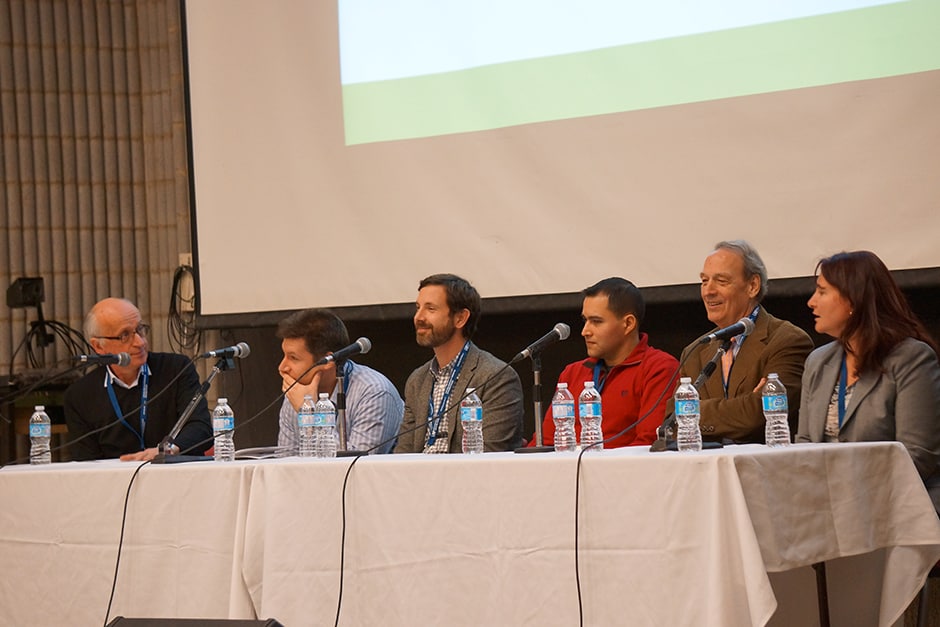Cardiovascular disease has a major impact on North American society, affecting over 71 million adults. In fact, every seven minutes in Canada, someone dies as a result of heart disease or stroke. Using our knowledge of the development and regeneration of the cardiovascular system, is it possible to restore normal function in these patients?
This was the major theme of “Healing and the Heart,” an undergraduate-led conference on cardiovascular regenerative medicine put forth by the Laboratory Medicine and Pathobiology Student Union (LMPSU).
Having a personal connection to heart disease, LMPSU co-presidents Alena Zelinka and Maya Deeb chose cardiovascular medicine as the topic for this year’s conference.
“We were both inspired to look at cardiovascular disease because both of our families were impacted by cardiovascular disease, and I’m sure many other families in Canada are,” says Deeb, adding, “[We] were thinking about cardiovascular medicine, and the future of that which we think is regenerative medicine, so we married the two topics.”
The conference took place on January 17 at the Medical Sciences Building, beginning with a presentation by Dr. Gordon Keller on how to model the development of cardiovascular disease with pluripotent stem cells. Keller’s goal is to make a complete model of the human heart in a petri dish, but that requires highly technical control based on dozens of genetic factors. Keller brought his address to a close by stating, “This is not the future, this is now.”
“Big companies are using these cells for drug discovery, and I think this is a good opportunity to think about human biology and its applications to disease,” he added.
Following Keller’s inspirational words, Dr. Ian Scott’s lecture focused on adding factors and signalling molecules that might actually allow the heart to regenerate itself following a heart attack. Scott studies the zebrafish model, which presents a unique opportunity to study the heart as zebrafish can completely repair their heart tissue. The question remains as to why this regenerative property has been lost in adult humans, and how we could restart that system following heart damage. Following his research into the means of heart regeneration, it may be possible in the future to take a drug that can activate this regenerative mechanism following a heart attack.
In a slightly different theme than the concept of developmental biology discussed in the first half, Dr. Milica Radisic offered a unique engineering approach with her human cardiac bio-wires. Her work in tissue engineering has allowed scientists and engineers to simulate a human heart on a chip with greatly improved accuracy. Radisic also discussed her novel biomaterial, which could allow physicians to inject healthy heart cells directly into patients without any need for invasive surgery in the future.
The day ended with an insightful and thought-provoking panel discussion on the future of cardiovascular research, as well as some of the ethical issues involved in embryonic stem cell research.


